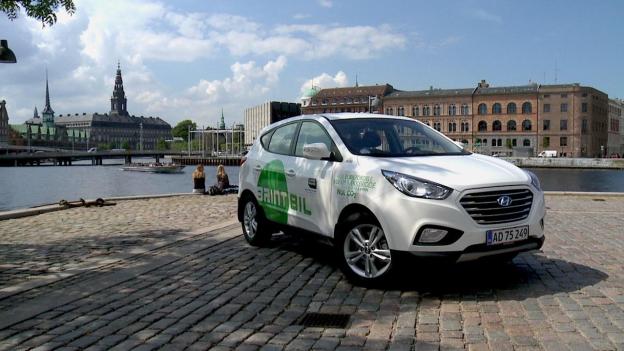
Copenhagen has officially received 15 of the Hyundai iX35 production fuel-cell cars for its municipal fleet, as the city attempts to go “carbon-neutral.”
Before it could start running the new-gen green cars around the city, though, it had to have a fueling station. The city solved that problem by installing its first hydrogen station in just 48-hours, 36 of which were allocated for fuel compression. So really, it did it in just half a day.
As you can see in the video below, the station, called H2Station CAR-100, was painstakingly designed over many months but the unit itself went into placement in a few short hours.
What the video doesn’t show is what they’re using to create the hydrogen – often natural gas – or how that fuel gets to the station.
Regardless, the H2Station re-envisions what a fueling station can look like. We’re all used to in-ground gasoline reservoirs. If we were to follow this example, station installation could be far less costly and intrusive.
Now that the ix35 is officially on the roads of Europe, we should see at least a few examples here in the States within the next few years. In the U.S. it’ll be called the Tucson Fuel Cell. Hyundai plans to build 1,000 examples of its hydrogen crossover by 2015.
Here’s a video of the process:
Editors' Recommendations
- Hyundai’s hydrogen fuel cell truck makes hauling freight green and glamorous
- Next-gen Toyota Mirai confirmed despite continuing issues with hydrogen tech
- Hyundai Nexo is the first fuel-cell vehicle crash-tested by the IIHS


